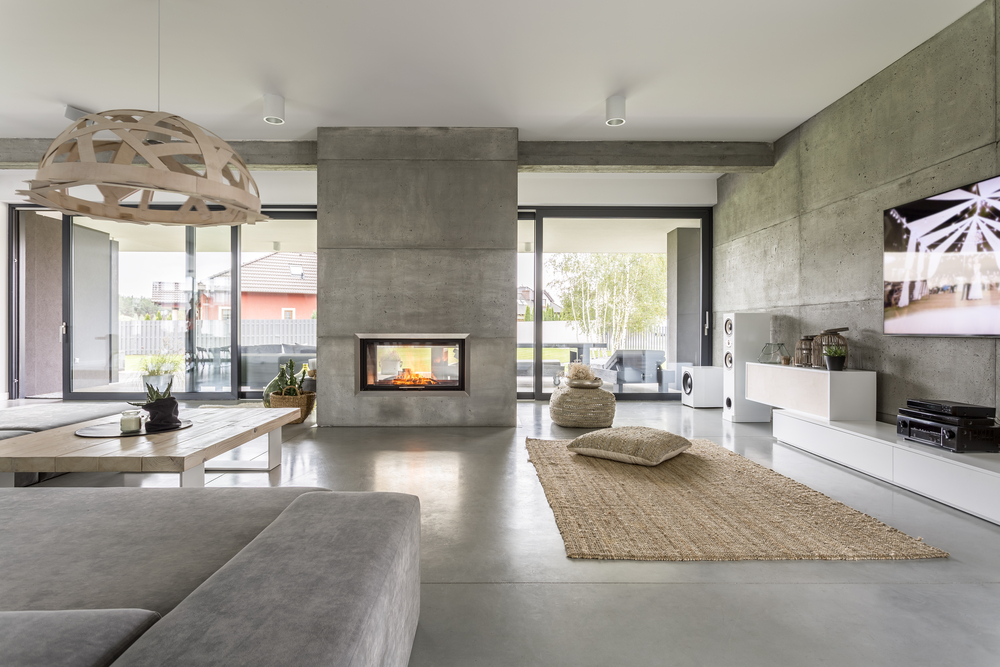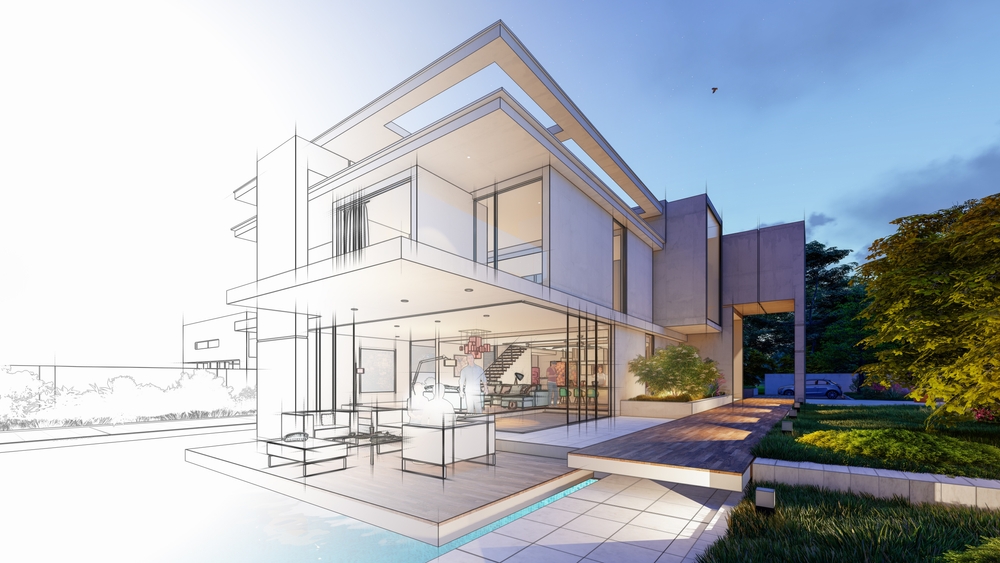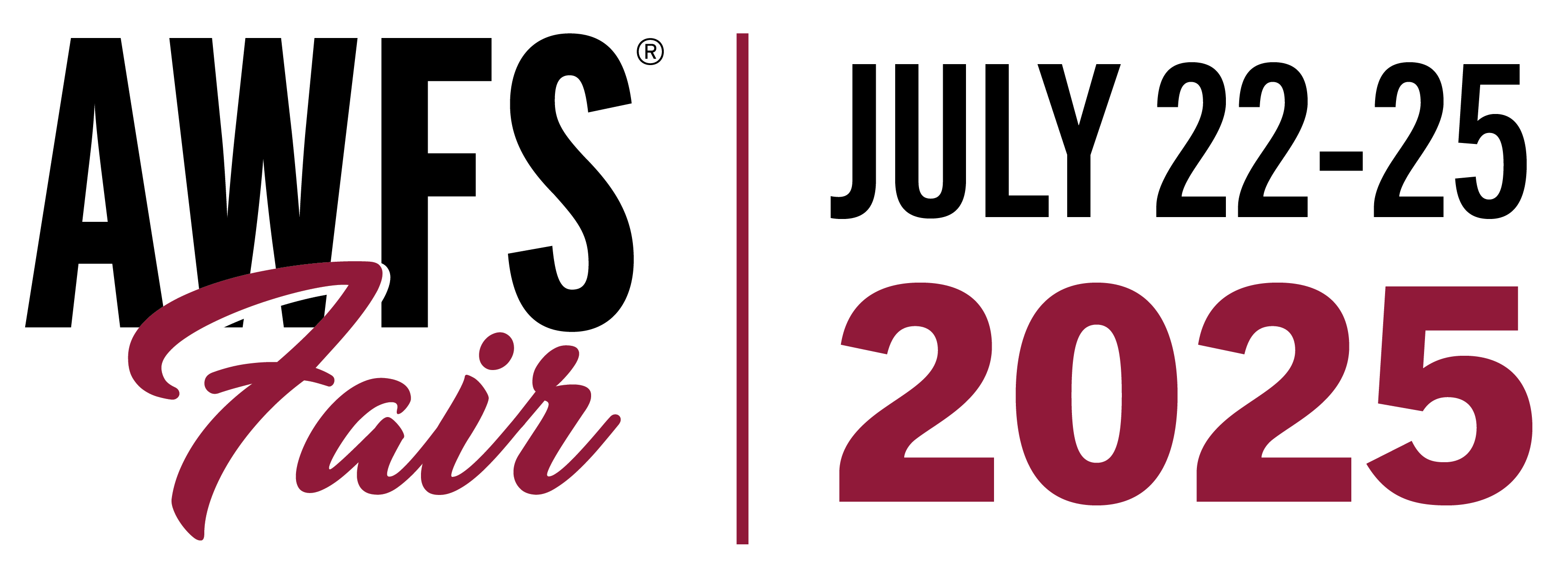
Glass continues to play a transformative role in modern architecture and interior design. From sleek office partitions to elegant residential facades, the versatility of glass design makes it a go-to material for homeowners and commercial property developers. As trends in aesthetics, energy efficiency, and smart technology evolve, the demand for advanced glass solutions is growing fast.
This blog post explores the latest trends in glass home design and office spaces. Plus, learn more about the industry and solutions to common production challenges.
Top Glass Design Trends
Glass design continues evolving, blending beauty with advanced functionality in residential and commercial spaces. Architects and homeowners alike are embracing new styles that maximize light, energy efficiency, and modern aesthetics. Here are some of the latest glass design trends shaping today’s homes and offices.
1. Frameless Glass Installations
Minimalist aesthetics remain popular in both homes and offices, and frameless glass is a key part of that style. Frameless shower enclosures, glass stair railings, and room dividers create clean lines and a seamless flow between spaces. In office settings, frameless glass walls offer acoustic privacy while preserving a sense of openness.
2. Smart Glass and Switchable Privacy
Technology-driven glass design is on the rise. Switchable privacy glass, which changes from clear to frosted with the flip of a switch, is increasingly used in conference rooms, bathrooms, and bedrooms. Smart glass can also respond to sunlight and temperature, helping homeowners and business owners reduce energy costs.
3. Energy-Efficient and Insulated Glass

Among glass design trends are curved or custom-shaped glass walls, windows, fenestrations, and enclosures.
Sustainability is a major consideration in glass home design today. Double- and triple-glazed windows with low-E coatings help maintain indoor temperatures year-round, reducing HVAC loads. Architects and contractors are seeking high-performance insulated glass units (IGUs) for both residential and commercial applications.
4. Decorative and Patterned Glass
While clear glass remains a staple, decorative glass is becoming a popular choice for personalization. Textured, frosted, etched, and colored glass panels are being used in doors, kitchen backsplashes, office partitions, and cabinetry. These options allow designers to add character and visual interest without compromising light transmission. Glass art brings character and elegance to flat walls like entryways, dining rooms, or statement living spaces.
5. Large Glass Panels and Wall Systems
Bigger is better when it comes to modern glass design. Floor-to-ceiling glass walls, oversized sliding doors, and glass curtain walls are now common in high-end homes and contemporary office buildings. These designs bring in more natural light, blur the boundary between indoor and outdoor spaces, and deliver an impressive architectural statement.
6. Curved and Shaped Glass
As technology advances, glass manufacturing now supports more complex geometries. Curved and bent glass is showing up in luxury staircases, reception areas, and exterior façades. These shapes require precise engineering and production processes, pushing manufacturers to adopt more sophisticated solutions.
Glass Manufacturing vs. Glass Processing: What’s the Difference?
Glass manufacturing and glass processing serve different but complementary roles in the glass industry. Glass manufacturers create raw glass, usually float glass, by melting sand, soda ash, and limestone at high temperatures and forming it into flat sheets using a molten tin bath. This float glass serves as the base material for a wide range of products.
Once the raw glass is produced, glass processors take over to customize it for specific applications. Processing can include cutting, toughening (tempering), laminating for safety, and heat soak testing to reduce breakage risk. Processors may also add decorative features, such as etching or coloring, or apply performance enhancements like fire resistance or sound control.
While manufacturers supply the foundational glass, processors add the specialized treatments that turn it into functional, finished products for homes, offices, and commercial buildings.
Production Challenges in the Glass Industry
With increased demand for advanced glass products comes greater pressure on manufacturers to meet quality, customization, and delivery standards. Here are some common challenges glass manufacturers face:
-
High Material Costs and Waste: Glass is fragile and expensive. Incorrect cuts or measurement errors can result in significant material loss.

Considered one of the best ERP systems for manufacturing, Frontier ERP is designed for the unique needs of glass product manufacturers and their operations.
-
Customization Complexity: From smart coatings to etched designs and custom shapes, client requests often require complex product configurations and tight coordination between departments.
-
Scheduling and Lead Times: Custom orders for residential and commercial projects often require precise scheduling across production, inventory, and delivery. Delays in one area can impact the whole job.
-
Integration with Dealer Networks: Many glass companies rely on dealer or installer networks for quoting and ordering, which can introduce communication breakdowns and duplicate data entry if not managed properly.
-
Limited Visibility Across Departments: Without a centralized system, sales, inventory, production, and shipping may operate in silos—leading to miscommunication, errors, and missed deadlines.
6 Ways Frontier ERP Supports Glass Manufacturers
To keep up with today’s glass design demands, manufacturers need more than just great craftsmanship—they need robust, integrated technology. That’s where Frontier ERP comes in.
1. Custom Product Configuration
Frontier ERP includes built-in product configuration management and CPQ software (configure, price, quote). Dealers and sales reps can generate accurate quotes based on customer requirements, like size, glass type, coating, or hardware, without needing direct input from engineering.
2. 3D Visualization for Customers
Frontier ERP enhances the glass buying experience with real-time 3D product visualization. As customers choose size, glass type, and hardware, a dynamic model updates instantly, helping them see exactly what they’re getting. This builds confidence, reduces errors, and streamlines custom orders from quote to production.

Frontier CADFlow integrates seamlessly with your CAD design program to provide customers with 3D product visualization before manufacture and the shop floor with concise configurations for quality finished products.
3. Precision Production Control
With Frontier’s production management tools, manufacturers can streamline every stage of the process—from cutting and tempering to assembly and packaging. The system supports lot tracking, nesting optimization, and scheduling tools that reduce waste and boost efficiency.
4. End-to-End Visibility
Frontier ERP connects sales, inventory, production, and shipping in one central system. This cross-departmental visibility ensures teams are always working from the same data, making it easier to meet delivery promises and maintain quality standards.
5. Dealer and Customer Portals
Glass manufacturers working with dealers or installers can benefit from Frontier’s eQuote Dealer and customer portals. These web-based tools enable users to configure products, submit orders, and track progress, reducing back-and-forth emails and phone calls.
6. Scalable Architecture for Complex Orders
Whether it’s a single residential window replacement or a full commercial curtain wall project, Frontier ERP scales to handle a wide range of product types, production volumes, and custom requests.
Embrace the Future of Glass Design with Frontier ERP
The future of glass home design and office spaces is bright, bold, and highly customized. As homeowners and businesses seek out smarter, more stylish glass solutions, manufacturers need systems that can support complex processes without slowing down operations.
With Frontier ERP, glass manufacturers can respond faster to demand, minimize costly errors, and deliver beautiful, high-performance glass products that define today’s most innovative spaces.
Ready to bring your glass operations to the next level? Contact us to learn how Frontier ERP can help you stay competitive in a fast-changing industry. Or stop by and see us at AWFS® Fair 2025 in July!







